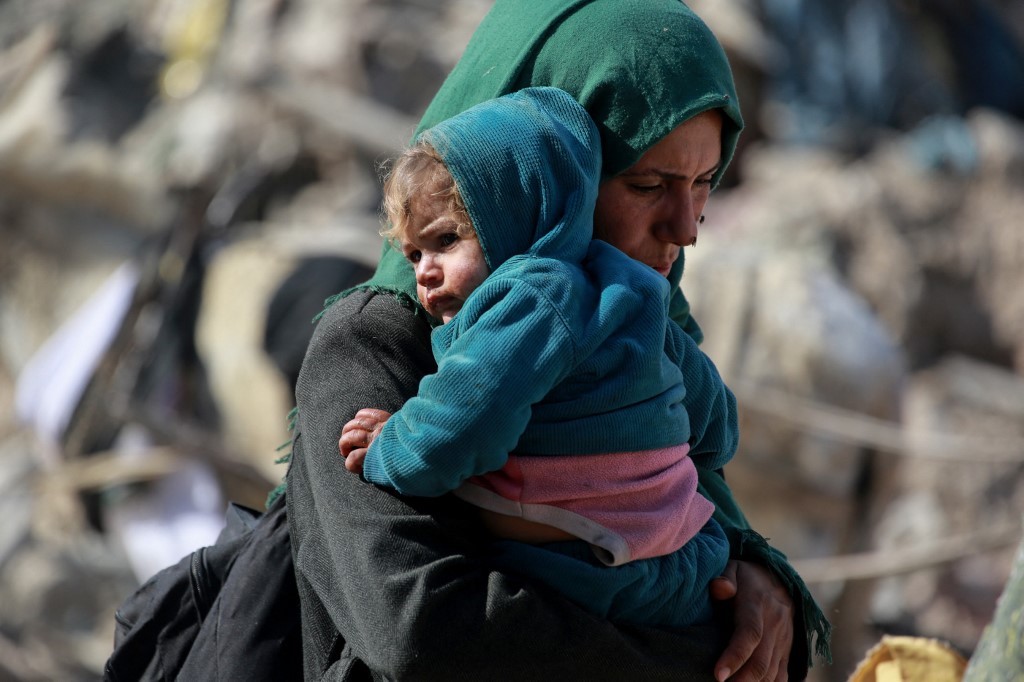“What sense it makes for these two mornings to exist side by side in the world where we live,” writes poet and essayist Anne Carson in her thought-provoking New Yorker piece. “To be alive is just this pouring in and out.” The two mornings, in this powerful essay, refer to the first morning she described, when she went swimming, and then afterwards, when she sat down to read the morning paper and came across the news of the displacement of Syrian refugees. It was 2016, the year the Syrian refugee crisis came to be recognized as one of the gravest humanitarian tragedies of our time, displacing millions within and beyond Syria’s borders. Faces, bodies, and lives were thrust onto front pages, broadcast across the globe as emblems of suffering. Entire histories, entire selves, were eclipsed, stripped down to a single devastating image. All that came before, all that could be, was made invisible. What endured was only the moment of despair. A whole people were collapsed into a single story: not of who they are, but of how the world chose to see them. It was the power of…




